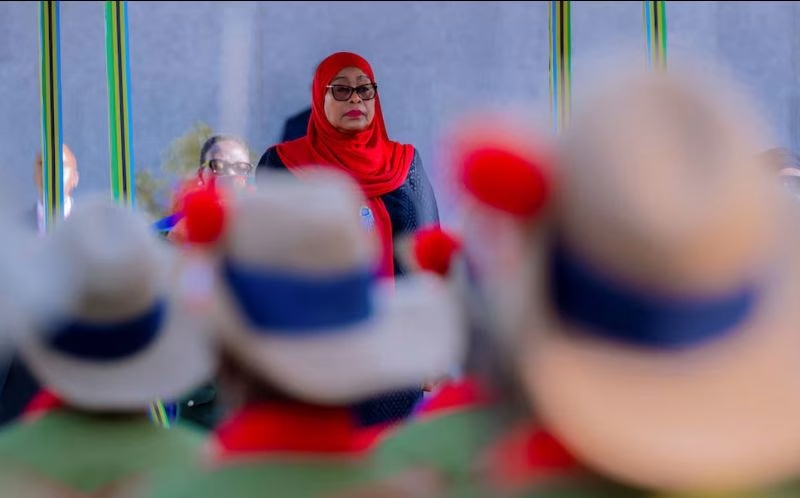The forest located in the South of the country is a blue carbon ecosystem. Meaning that it captures and stores huge amounts of carbon. Local residents manage two hundred ninety 290 acres of forest to earn a living. Some like Juma belong to the Mikiko Pamoja group. The collective, which means ‘mangrove together’ in Swahili plants seedlings. The work earns them ‘carbon credits’ which are awarded for each ton of greenhouse gas emissions removed from the atmosphere. Selling these credits on has earned them 3 million Kenyan shillings (around 25,500 US dollars) this year. The sum helps them cover their needs. “We have benefited through water projects and therefore we don’t have to travel long distances in search of water anymore, member Juma tells. We now have fresh water taps in our houses for which we pay lower charges that cater for the electricity cost only.” The positive impact of the work has inspired a growing number of residents. The project receives technical support from Kenya Marine and Research Institute. Kenya’s mangrove cover dropped from 60,000 hectares in 2017 to 52,800 hectares in 2021. But through government and community work, the habitat is recovering. Research has shown that coastal ecosystems store more carbon than terrestrial forests. The Mikiko Pamoja group plant 4,000 trees annually. Mangroves account for 10% of Kenya’s total forest cover.
SOURCE: AFRICA NEWS











